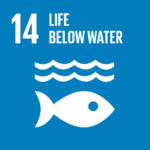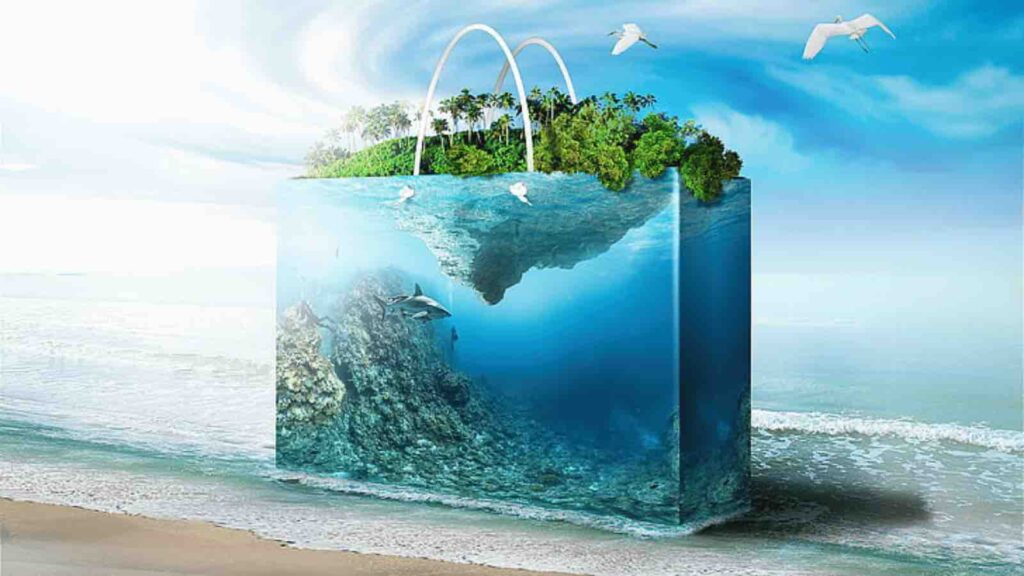In a world increasingly facing the fallout of climate change, both green economy and blue economy offers a roadmap towards a sustainable, resilient, and inclusive future. A fundamental shifts in how we think about our economies and our place in the ecosystem.
As the world grapples with the cascading impacts of climate change, two concepts are rising to prominence in our collective consciousness: the Green Economy and the Blue Economy. While these terms have become buzzwords in sustainable development discussions, they represent fundamental shifts in how we think about our economies and our place in the ecosystem.
RELEVANT SUSTAINABLE GOALS



The Green X Blue Economies : Building a Regenerative, Inclusive, Climate-Resilient Economy
The Green Economy is characterized by sustainable economic activity that prevents environmental degradation, enhances energy and resource efficiency, and promotes social inclusiveness. It’s an economy designed with a low carbon footprint, driving growth while nurturing the environment. According to the Global Green Economy Index 2020, countries like Sweden, Denmark, and Finland are leading the way in green economic transition, showcasing a path to sustainable prosperity that doesn’t sacrifice the environment.
Conversely, the Blue Economy is about the sustainable use of ocean resources for economic growth, improved livelihoods, and jobs, all while preserving the health of the ocean ecosystem. The United Nations Conference on Trade and Development (UNCTAD) estimates that the global blue economy, which includes fisheries, aquaculture, coastal tourism, and marine biotechnology, generated $2.5 trillion in gross value added in 2020.
Both concepts have the potential to reshape the global economy, but neither can be fully effective without accounting for biodiversity and the role of indigenous communities. The global economy’s dependence on biodiversity is estimated at $44 trillion, according to a 2020 report by the World Economic Forum. Indigenous communities, often the stewards of biodiversity, manage about 80% of the planet’s biodiversity, according to the World Bank.
While Green and Blue Economies have their distinct areas of focus—land and ocean respectively—they overlap in their objective: to build a regenerative and inclusive climate resilience economy for the future. This new economic model seeks to balance economic development with environmental sustainability, social inclusivity, and resilience to climate change.
Biodiversity forms the backbone of both green and blue economies, providing ecosystem services that underpin economic activity. For instance, healthy forests regulate water flows and sequester carbon, while diverse marine ecosystems support fisheries and tourism industries.
Indigenous communities have centuries of knowledge about managing these resources sustainably. Recognizing their rights and incorporating their knowledge into the transition towards green and blue economies is crucial. Doing so ensures that the shift to sustainability is truly inclusive and has broad-based benefits.
In a world increasingly facing the fallout of climate change, the imperative to transition to green and blue economies is clear. It offers a roadmap towards a sustainable, resilient, and inclusive future. The stakes are high, but so too are the rewards. If successful, we could usher in a new era of economic prosperity that doesn’t come at the cost of our planet and its most vulnerable people.
Lead image courtesy of wallpaperflare.
You may also be interested in :
The Colors Of Change : Decoding Climate Change And Biodiversity Loss Through Visual Narratives


